Top 6 Trends In Last Mile Delivery
Table of Contents
Top Trends In Last Mile Delivery
As e-commerce continues to soar, last-mile delivery, the crucial final step in getting products from distribution centers to consumers, is undergoing a transformation. The last mile is a critical aspect of the supply chain, as it directly impacts customer satisfaction and influences brand loyalty. In this article, we will explore the top 6 trends in last mile delivery, offering insights into how businesses are revolutionizing this vital process to meet the ever-changing demands of modern consumers.
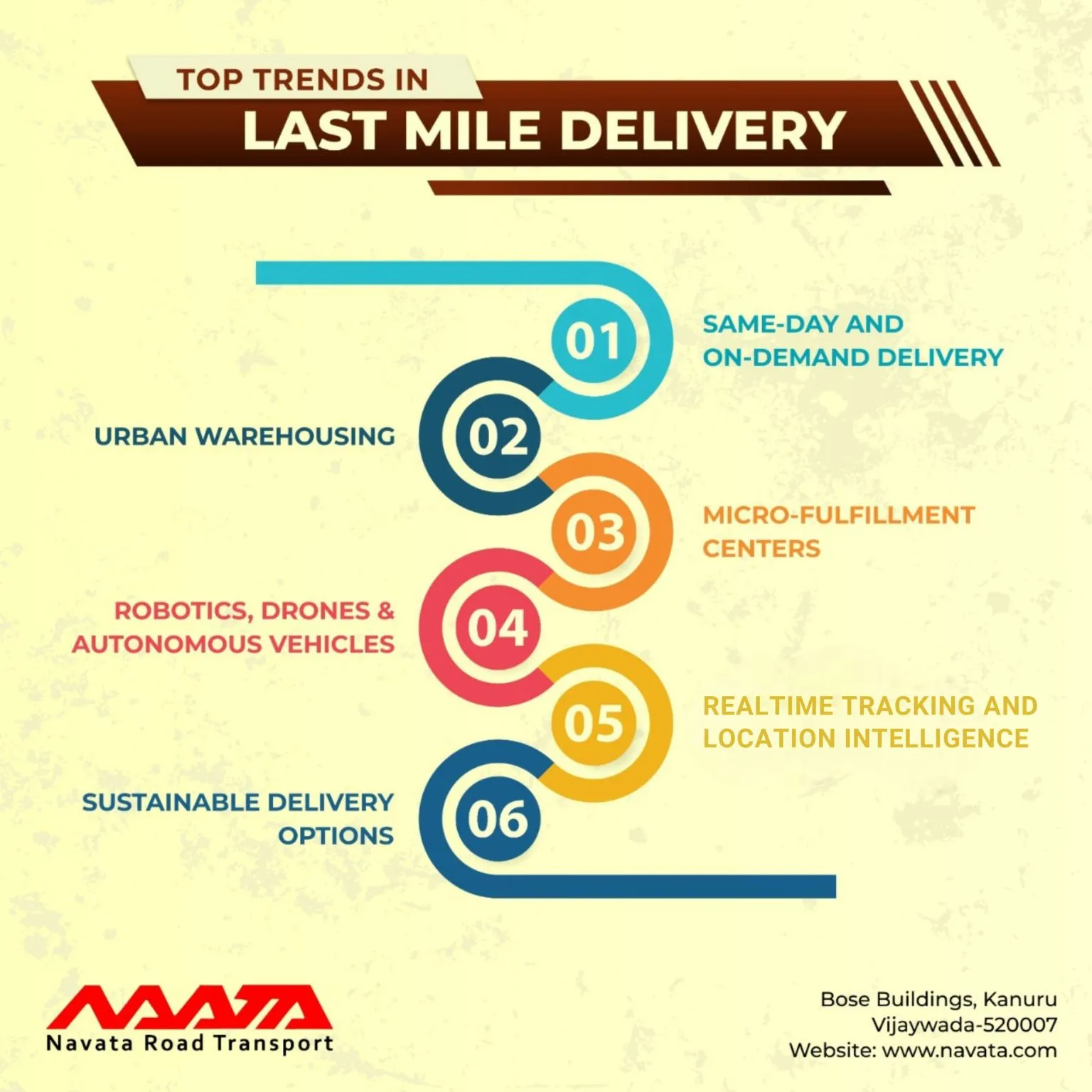
1. Same Day and On-Demand Delivery
Customer expectations are changing quickly in the fast-paced world of e-commerce, with an increased focus on convenience and speed of delivery. Due to this, same-day and on-demand delivery have become two crucial last-mile trends that are changing the logistics industry. These delivery choices are intended to enhance customer experiences and satiate the need for instant gratification. We will examine the traits, advantages, and difficulties of same-day and on-demand delivery as essential elements of the last mile in this section.
Same Day Delivery
Same-day delivery is an important last-mile trend that caters to customers who want their products quickly. This option guarantees that orders placed before a certain time will be delivered to the customer’s door the same day. The primary goal of same-day delivery is to shorten the time between placing an order and receiving it, thereby increasing customer satisfaction and loyalty.
Same Day Delivery Benefits
Customer Satisfaction
The immediate demands of clients are met via same-day delivery, which boosts customer satisfaction and encourages return business.
Competitive Edge
Same-day delivery services provide businesses with a competitive edge over slower competitors.
Reduced Abandoned Carts
Customers are more likely to finish orders when they know they will receive their items quickly, therefore immediate delivery options help reduce cart abandonment rates.
Same Day Delivery Challenges
Operational Efficiency
Same-day delivery necessitates efficient order processing, inventory control, and route optimization.
Cost
Some businesses may find expedited delivery services to be prohibitively expensive, necessitating careful pricing strategies to balance revenue and expenses.
Geographical Limitations
Due to distance and inadequate delivery infrastructure, same-day delivery can be difficult to provide in rural or sparsely populated areas.
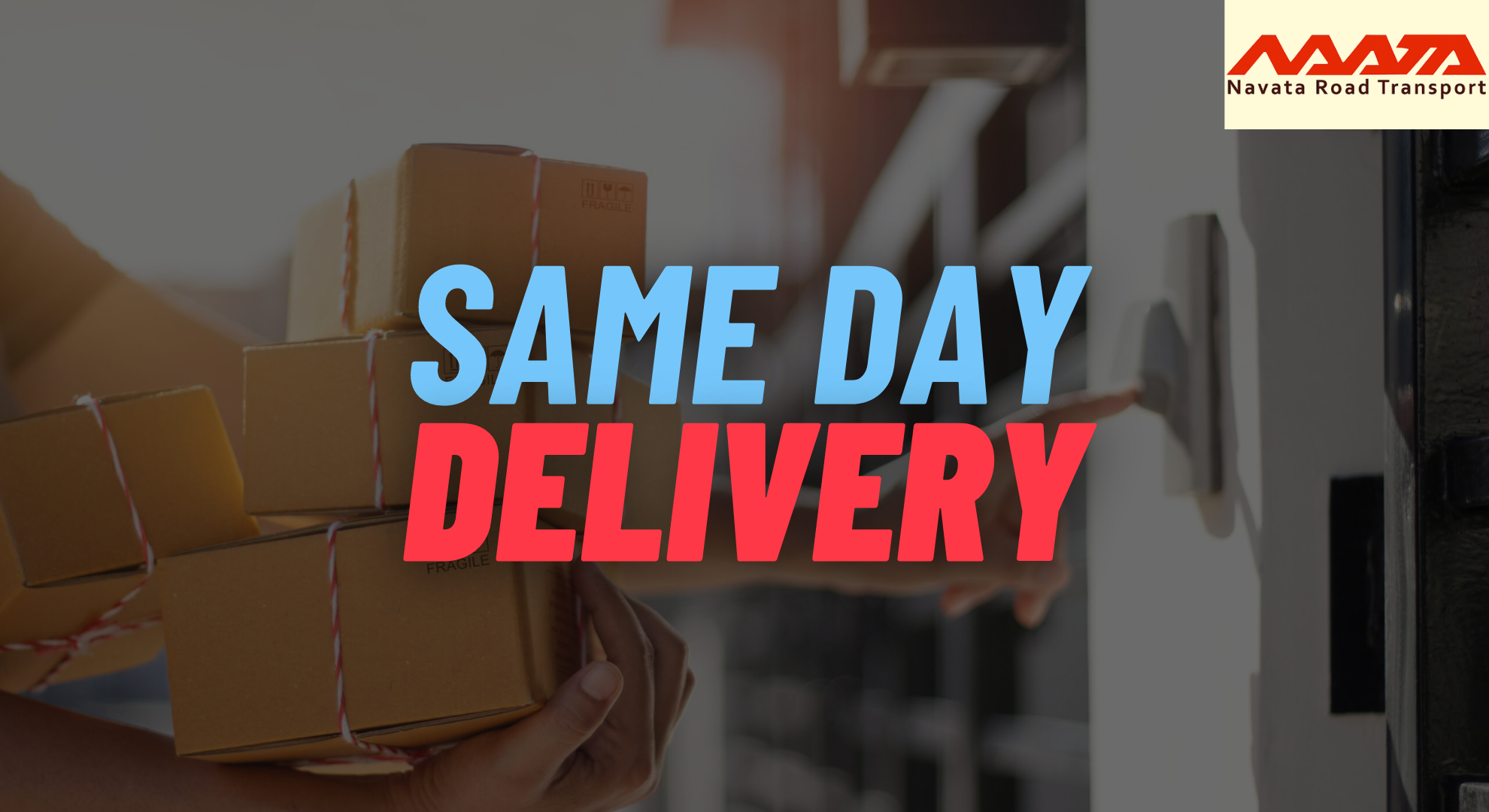
On Demand Delivery
On-demand delivery expands on the idea of instant gratification by allowing customers to receive products whenever they want, often within a few hours of placing an order. This trend is being driven by technological advancements and the rise of delivery platforms that connect customers with available couriers or drivers in real-time.
On Demand Delivery Benefits
Flexibility
Customers may pick delivery times that fit their schedules and preferences with on-demand delivery.
Real-Time Tracking
Real-time tracking of customer delivery increases process transparency and customer confidence.
Diverse Delivery Options
Platforms for on-demand delivery provide a variety of delivery options to suit varied delivery requirements, including automobile drivers, bike couriers, and even pedestrians.
On Demand Delivery Challenges
Logistics Complexity
It takes sophisticated logistics systems that can plan deliveries effectively and react quickly to changes in demand to manage on-demand delivery services.
Workforce Management
Ensuring adequate coverage during peak hours can be difficult when managing and recruiting a pool of on-demand couriers or drivers.
Customer Expectations
Customers may anticipate even quicker delivery times as on-demand delivery grows, placing pressure on companies to meet these expectations.
2. Urban Warehouse
The concept of an urban warehouse is a key trend in last-mile delivery, with the goal of addressing the challenges posed by the growing volume of e-commerce orders and the need for faster, more efficient deliveries in densely populated urban areas. An urban warehouse is a strategically located distribution centre or fulfilment facility within or near urban centres that allows for faster access to customers.
Factors For The Rise of Urban Warehouses
Proximity to Customers
By situating distribution centers closer to urban areas, companies can significantly reduce the distance traveled during the last mile. This proximity enables faster order processing, reduced delivery times, and enhanced responsiveness to customer demands.
Quick Delivery Turnaround
Urban warehouses enable rapid order fulfillment and delivery. With products located nearby, companies can pick, pack, and dispatch orders within a short timeframe. This expedites the final leg of the delivery process, ensuring customers receive their purchases swiftly.
Inventory Optimization
Urban warehouses enable effective inventory management and optimization. Businesses can reduce stockouts, improve product availability, and boost overall supply chain resilience by strategically distributing stock across multiple urban warehouses.
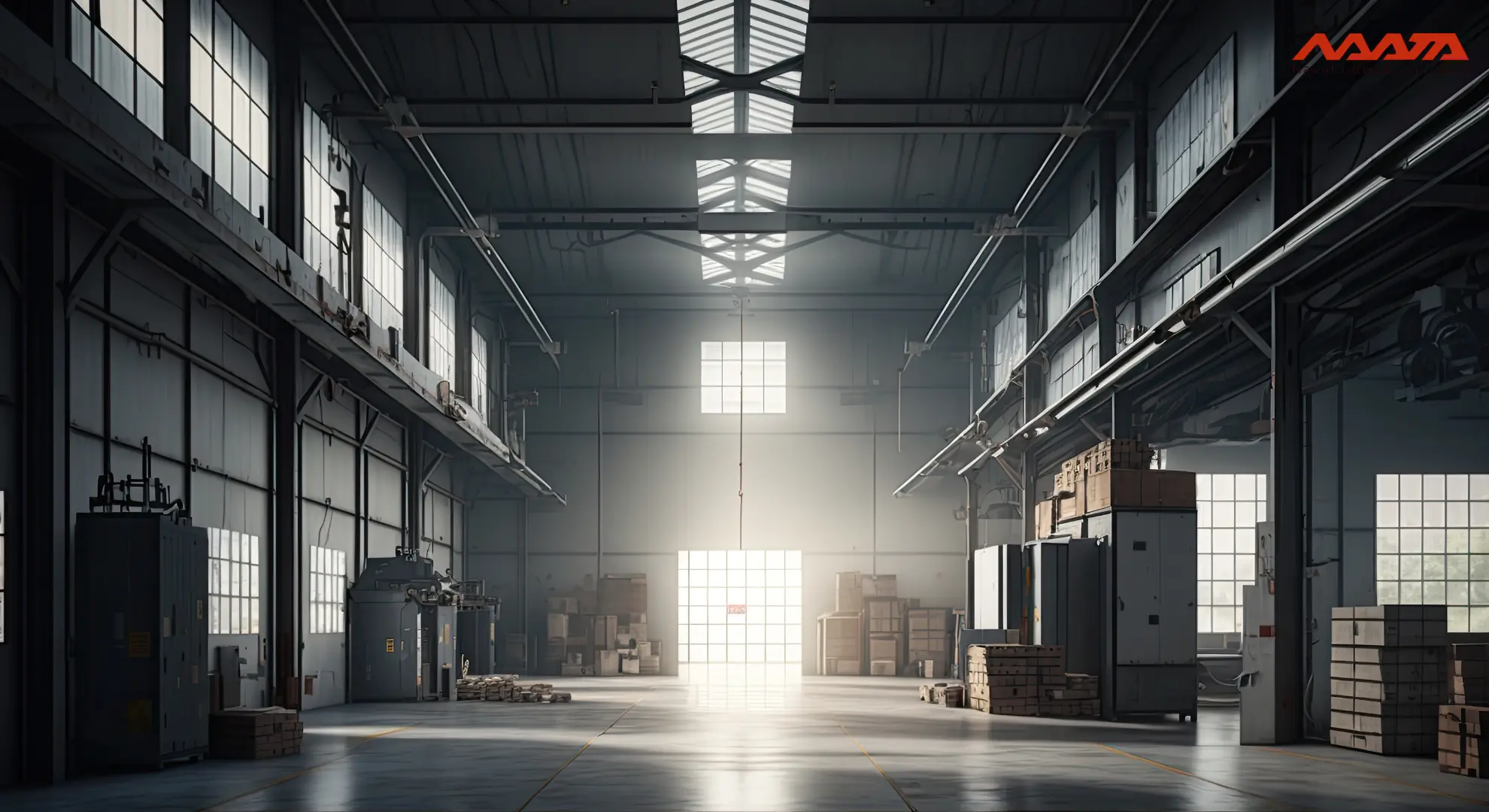
3. Micro Fulfillment Centers
Micro Fulfilment Centers (MFCs) have emerged as a prominent last-mile delivery trend, revolutionizing how products are delivered to consumers. These facilities are strategically located in cities, bringing fulfillment operations closer to the end customers. MFCs address some of the most significant challenges that traditional last-mile delivery methods face.
Micro Fulfillment Centers Benefits
Proximity to Customers
MFCs are typically located near densely populated areas, allowing retailers and e-commerce businesses to reach customers more quickly. MFCs significantly reduce delivery times by reducing the distance between the fulfillment center and the delivery destination, allowing for faster order processing and delivery options.
Rapid Order Processing
With the help of automation and advanced technologies, MFCs facilitate faster order processing. Orders can be picked, packed, and prepared for delivery in record time, optimizing the efficiency of the last mile.
Efficient Space Utilization
MFCs are designed to make the most of limited urban space. These centers are often compact and vertical, allowing for optimal utilization of real estate in densely populated areas where space is at a premium.
Scalability and Flexibility
Micro Fulfillment Centers can easily scale their operations to handle fluctuations in demand, especially during peak seasons or events. They offer a flexible solution for retailers, accommodating varying order volumes without the need for significant investments in larger facilities.
Enhanced Inventory Management
With the MFCs being located closer to customers, retailers can maintain lower inventory levels while still meeting delivery expectations. This helps reduce holding costs and minimizes the risk of overstocking.
Integration with Technology
MFCs are at the forefront of integrating innovative technologies, such as robotics, automation, and AI-powered order management systems. These technologies streamline operations and contribute to the seamless execution of the last-mile delivery process.
Customer-Centric Experience
By reducing delivery times and ensuring faster order processing, MFCs contribute to an improved customer experience. Customers can enjoy same-day or even one-hour delivery options, increasing satisfaction and brand loyalty.
Partnering with Retailers and Logistics Providers
MFCs often collaborate with various retailers and logistics providers, creating a network of efficient last-mile delivery solutions. This cooperation enables retailers to leverage existing logistics infrastructure and expand their reach.
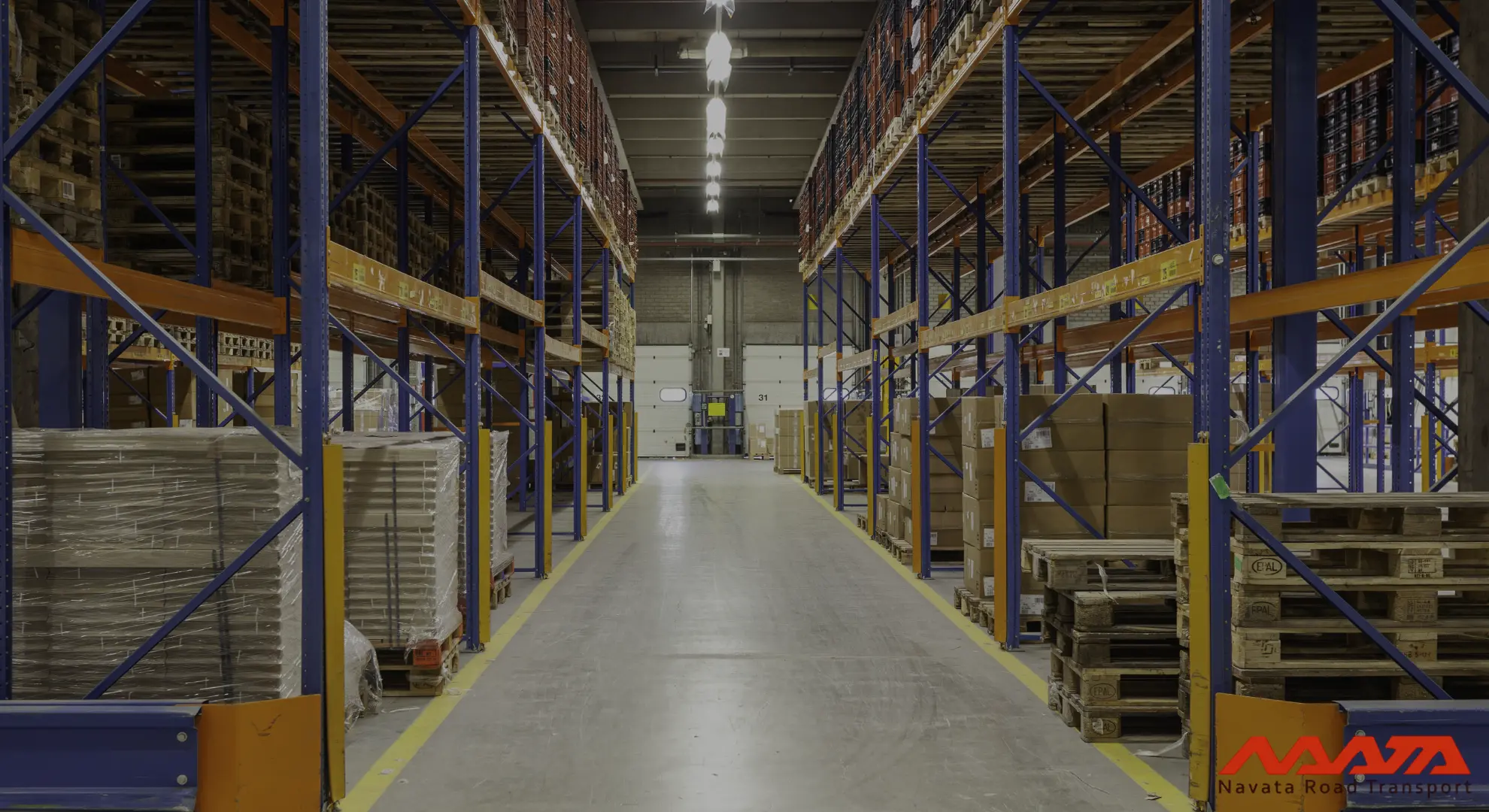
4. Robotics, Drones and Autonomous Vehicles
The convergence of robotics, drones, and self-driving vehicles has emerged as a transformative force in last-mile delivery, reshaping how goods reach consumers. These cutting-edge technologies are addressing some of the supply chain’s long-standing challenges, improving efficiency, speed, and cost-effectiveness. Let’s take a closer look at how each of these trends is changing last-mile delivery:
Robotics in Last Mile Delivery
The last-mile delivery procedure is gradually being dominated by robots. These self-driving vehicles may travel through streets, sidewalks, and other paved areas of cities to deliver packages to consumers’ doorsteps. Robots provide a scalable option to optimize last-mile logistics because they can transport several parcels at once and work around the clock.
These robots can be categorized into different groups, including sidewalk drones and ground-based delivery robots. Typically, ground-based delivery robots are little, wheeled vehicles built for sidewalks or pedestrian walkways. To safely travel and deliver packages, they make use of sensors and cameras.
Drones in Last Mile Delivery
Drones, also known as unmanned aerial vehicles (UAVs), are gaining traction as a possible game changer in last-mile deliveries. They have the benefit of avoiding traffic and delivering items directly to clients’ houses from the skies. Drones can dramatically shorten delivery times in remote or difficult-to-reach areas.
Regulatory barriers and airspace management have been significant barriers to drone adoption in last-mile deliveries. However, as rules change and firms demonstrate safe and dependable drone operations, the usage of drones is projected to skyrocket.
Autonomous Vehicles in Last Mile Delivery
Autonomous vehicles, such as self-driving cars and vans, have the potential to eliminate the need for human drivers, revolutionising the last mile. These vehicles use sophisticated sensors, cameras, and AI algorithms to navigate roads and deliver packages without the need for human intervention.
The use of autonomous vehicles in last-mile delivery promises several benefits, including lower operational costs, increased delivery accuracy, and increased safety. Companies are also investigating the concept of mobile delivery hubs, in which autonomous vehicles serve as mobile warehouses, dispatching delivery robots or drones for final delivery.
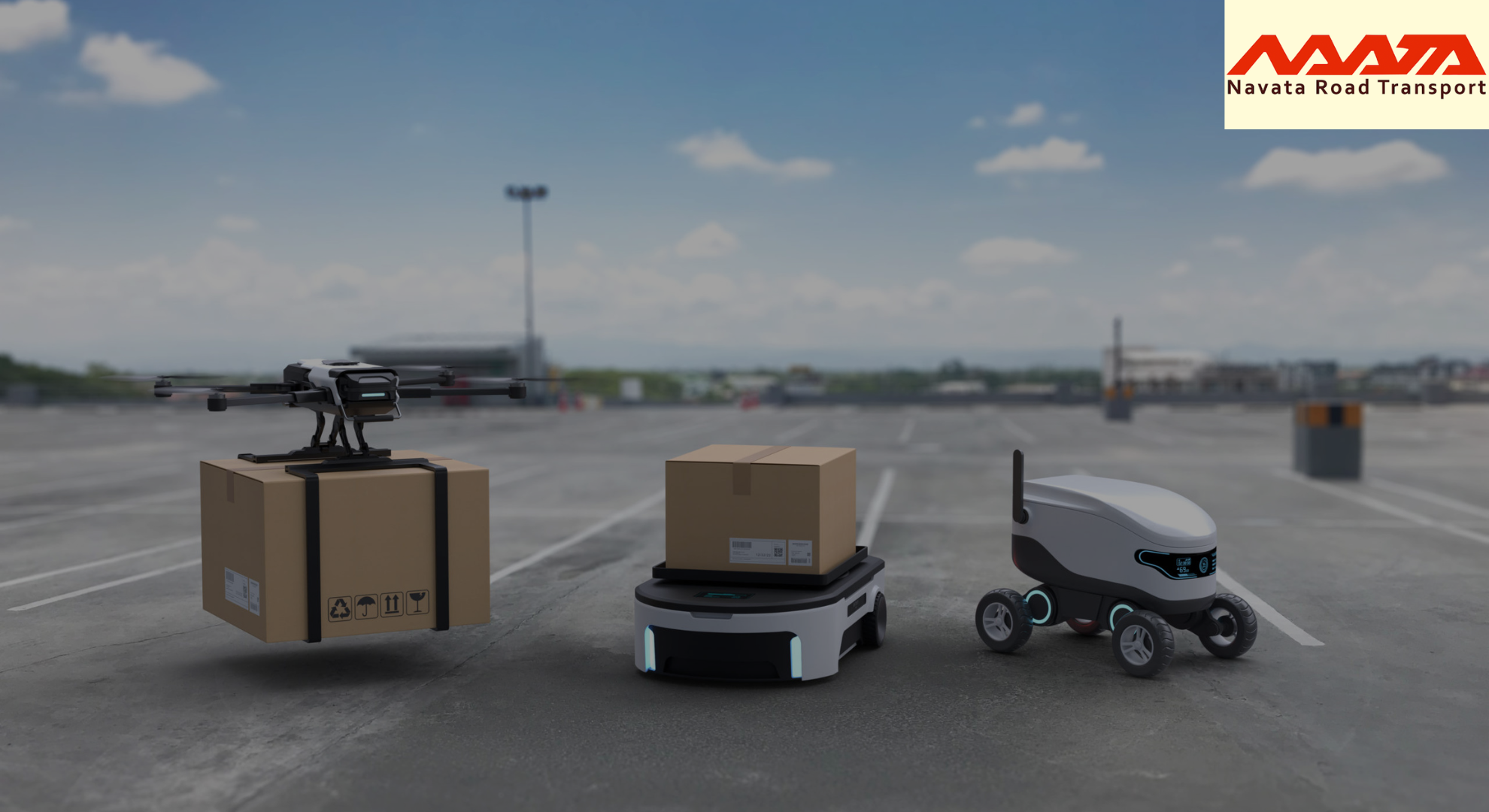
5. Real-time Tracking and Location Intelligence
Real-time tracking and location intelligence have emerged as crucial last mile delivery trends, revolutionizing the final leg of the e-commerce supply chain. These innovative technologies are reshaping the way packages are transported and delivered to customers, enhancing efficiency, transparency, and customer satisfaction. Below, we explore how real-time tracking and location intelligence are transforming last mile delivery
Benefits of Real-time Tracking and Location Intelligence
Enhanced Visibility
Real-time tracking provides businesses and customers with unprecedented visibility into the status and location of packages. Through advanced GPS technology and IoT (Internet of Things) devices, companies can monitor shipments in real time, allowing them to identify potential delays or issues and take proactive measures to ensure on-time delivery.
Accurate Delivery Estimates
Location intelligence leverages data analytics and AI algorithms to optimize delivery routes, considering factors like traffic conditions, weather, and customer preferences. By providing accurate delivery estimates, businesses can manage customer expectations and reduce the likelihood of missed or delayed deliveries.
Customer Empowerment
Real-time tracking empowers customers by offering them real-time updates on their shipments. With access to detailed tracking information, customers gain a sense of control and can plan their day accordingly, leading to higher satisfaction levels and reduced customer inquiries.
Efficient Resource Allocation
Location intelligence enables companies to optimize their resources, such as delivery vehicles and personnel. By analyzing data on delivery patterns and customer locations, businesses can allocate resources more efficiently, minimizing fuel consumption and operational costs.
Flexibility and Adaptability
Real-time tracking allows delivery companies to respond swiftly to unforeseen circumstances, such as traffic congestion or changes in delivery instructions. This flexibility ensures that customers receive their packages promptly, even in dynamic and challenging environments.
Proof of Delivery
Real-time tracking also serves as a form of proof of delivery. Delivery personnel can use digital signatures or geotagged images to confirm that the package was delivered to the correct recipient, reducing the risk of disputes and fraudulent claims.
Personalized Delivery Services
Location intelligence enables companies to offer personalized delivery services, such as same-day delivery or delivery to specified safe locations. By understanding customer preferences and locations, businesses can tailor their delivery options to meet individual needs.
Reducing Theft and Lost Packages
Real-time tracking and location intelligence help mitigate the risk of package theft or loss. The ability to closely monitor packages during transit deters potential thieves and allows companies to take immediate action in case of suspicious activities.
Continuous Process Improvement
The data collected from real-time tracking and location intelligence can be analyzed to identify bottlenecks and inefficiencies in the last-mile delivery process. This data-driven approach enables continuous improvement, leading to better performance and increased customer satisfaction.
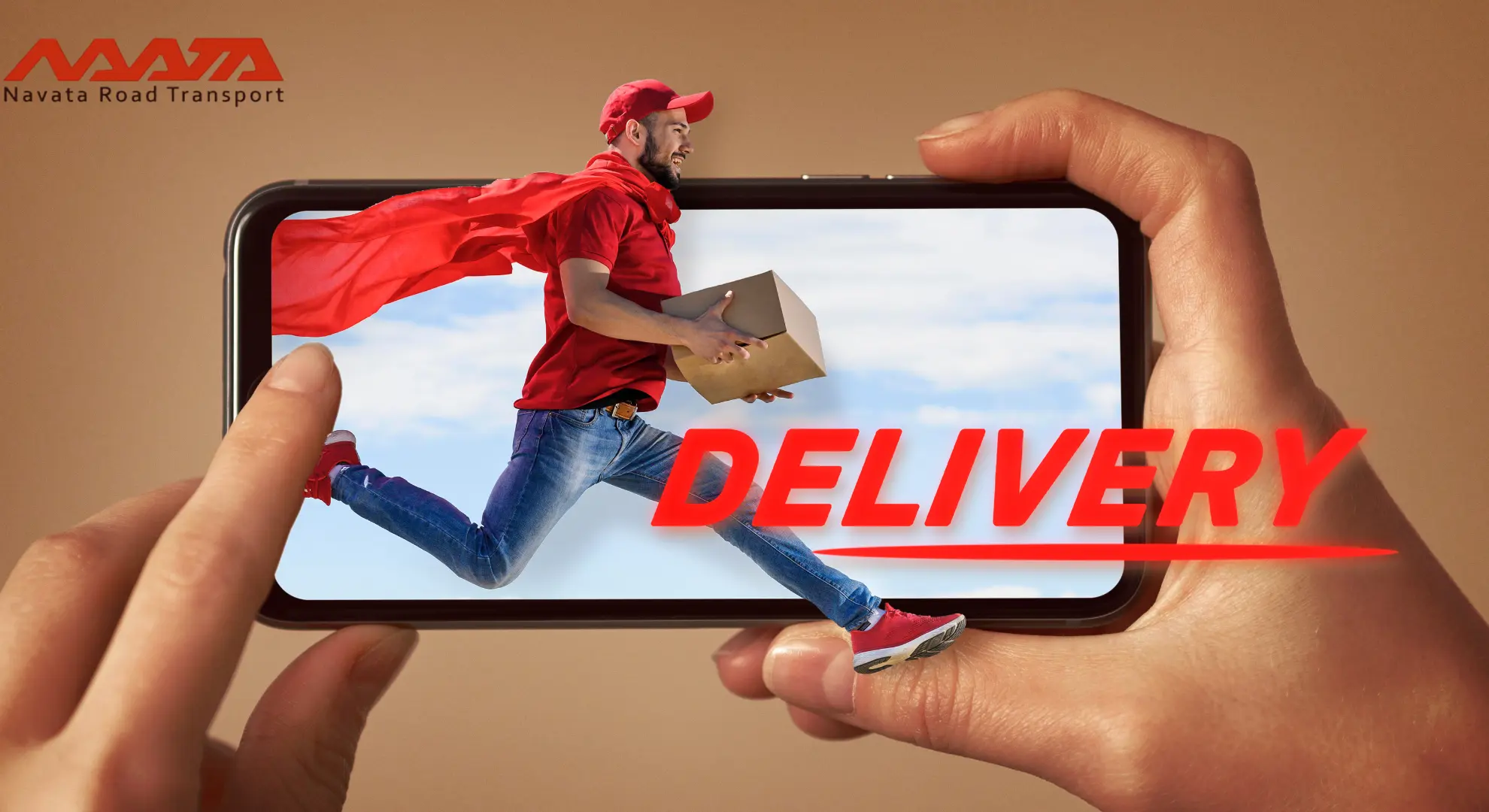
6. Sustainable Delivery Option
Sustainability has emerged as a major concern for both consumers and corporations as environmental awareness increases. In order to address the need for sustainable solutions, businesses in the last-mile delivery sector are rapidly implementing eco-friendly practices. The emerging trends in sustainable last-mile delivery will be discussed in this section, with an emphasis on programs designed to cut waste, promote eco-friendly transportation, and lower carbon footprints.
Sustainable Delivery Method
Electric Vehicles (EVs): Clean Transportation Solutions
One of the most significant trends in sustainable last-mile delivery is adopting electric vehicles and e-bikes for transportation. Companies are transitioning from traditional fossil fuel-powered delivery vehicles to electric ones, significantly reducing greenhouse gas emissions and air pollution. Electric bikes are also gaining popularity, especially in urban areas, as they offer an elegant and emission-free alternative for shorter delivery distances.
Packaging Optimization: Reducing Waste
Sustainable last-mile delivery extends beyond transportation to include packaging practices. Businesses are reevaluating their packaging materials to minimize waste and enhance recyclability. Biodegradable and compostable packaging options are on the rise, ensuring that delivery packages have a lower impact on the environment. Additionally, right-sizing packaging to match the product’s size not only reduces waste but also lowers transportation costs and emissions.
Green Incentive Programs: Encouraging Sustainable Practices
To motivate sustainable last-mile delivery practices, governments and businesses are implementing green incentive programs. These may include tax breaks, subsidies, or grants for companies using eco-friendly vehicles or engaging in environmentally responsible delivery operations. Such incentives help accelerate the adoption of sustainable practices across the industry.
Thanks For Reading: Top Trends In Last Mile Delivery
Powered By 360Presence




